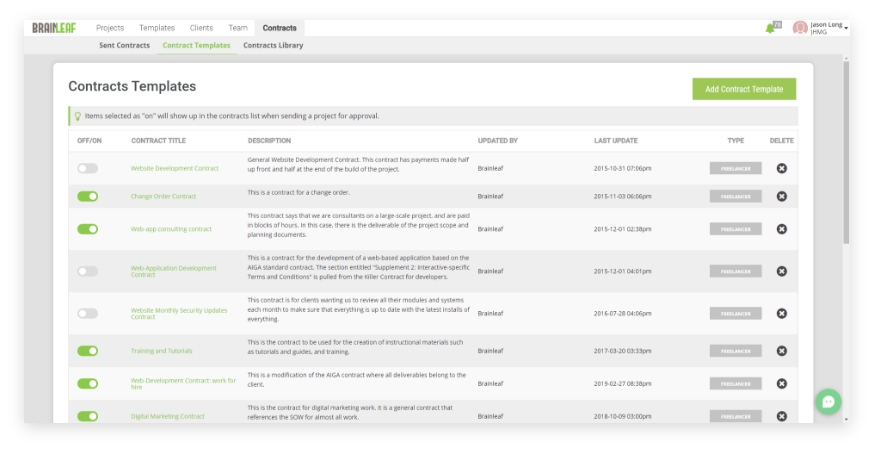“I need more traffic to my website. Should I do more on social media?”
“I’m on Facebook, but it feels so invasive. I’m thinking of quitting it altogether.”
“I need better online marketing. Where do I start?”
I think all of these questions tap into a general business concern: online marketing is supposed to work, but why isn’t it working for me?
It’s good to question your approach to online marketing. Having this critical lens can help you make better decisions. For clients who are beginners in online marketing or completely skeptical of it, I always outline a super simple marketing plan using free or trial versions of software for them to test their marketing ideas. Once they’ve got some numbers on interaction and traffic through testing, then they can really focus on their message and invest in a bigger marketing plan.
Growing Traffic
Email newsletters are one of the best ways to get traffic coming to you on the web. And if you’ve got visitors there already, having an option to sign up for a newsletter is a great way to entice them to learn more about your company.
Mailchimp is a great email marketing platform, and it’s the one we’ve chosen for J H Media. You have the choice of using email newsletter templates or designing your own. We love the reporting feature where you can track opens, clicks and interactions. It’s also great for organizing your contacts into categories like vendors, customers or media contacts.
Pat Flynn also advises looking for forums to grow traffic and gives a really detailed and helpful strategy (that we ourselves are going to try!) to reach new audiences.
Read more: Mailchimp’s Guide for Getting Started. For the more advanced Mailchimp user: A very detailed tutorial on how to design and set up your campaign using Mailchimp. Pat Flynn’s Simple Traffic Generation Strategy.
Test out Social Media
We’ve already written about the glory of managing all your social media in one account: Hootsuite. In case you didn’t like using Hootsuite (and that is totally fine), I wanted to bring your attention to another scheduling app called Buffer, specifically for Facebook, LinkedIn and Twitter. You know how some people seem to blast updates all day long? How are they possibly working if they’re tweeting that much? Simple answer: Buffer. Give it a shot.
Just remember, social media is a super cheap way to directly chit-chat and connect with your audience. If you get really frustrated or feel like nothing is happening, go back to the basics and pay attention to those metrics: Beginner’s Guide to Social Media.
Read more about Buffer: How to Save Time on Your Twitter Marketing
Website Revamp for Conversions
Last week I wrote about putting your website content to work. Well, today I’m going to take two steps back and say that as important as content is a more refined marketing message, an approach of “less is more” is really hot right now in online marketing. Conversion-focused design is key. It’s the kind of design where you visit a website and immediately know what is being sold and how to buy it. And the purchase process is very simple. Sean Smith, a marketing consultant, puts it more eloquently, “Marketing is nothing if it doesn’t have great design backing it up, because without conversion-focused design you aren’t going to reach your end goal: actually selling.” Is your website designed to be “actually selling”? If it’s not, it may be time for a website revamp.
Read more: 7 Online Marketing Trends That Will Dominate in 2014
3 Reasons Marketing Needs Better Design Focus
Sell More with Landing Pages
To continue the previous thought on conversion-centered design, let’s talk about landing pages. Landing pages are a great tool for capturing information and getting folks to buy-in to your product/service. Unbounce and LeadPages are good tools for creating pages that convert visitors or capture leads. What exactly does a landing page look like? Check out this example and this example.
Read more: Beautiful Landing Pages: Tips and Examples; How to Make Great Landing Pages (With Crazy High Conversions)
Measure with Marketing Analytics
Let’s say you’ve got all the methods mentioned above in place and chugging along. What are you doing to measure your success? This is where analytics come in. Forbes outlines four clear steps to take for marketing analytics:
- Defining your metrics and developing a plan
- Collecting the data
- Developing reporting features and capabilities
- Ongoing analysis and implementation
What tools are out there to get you started? Domo and Hubspot are the most recommended analytics products at the moment.
Read more: 2014 is the Year of Digital Marketing and What It Means for Your Company; How Business Intelligence and Online Marketing Should Intertwine
So those are just a few ways to get started with online marketing. I don’t want to keep you any longer from starting a newly revamped marketing campaign, but before I go, I just want to share this awesome Lord of the Rings-inspired map of all the online marketing software out there. If you find something that works for you, share it with us in the comments below.
photo credit: FindYourSearch via photopin cc




